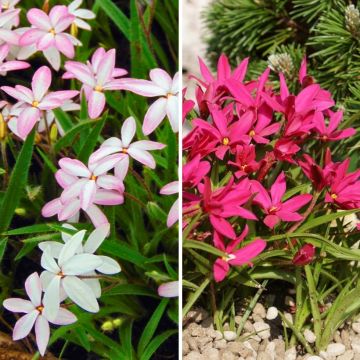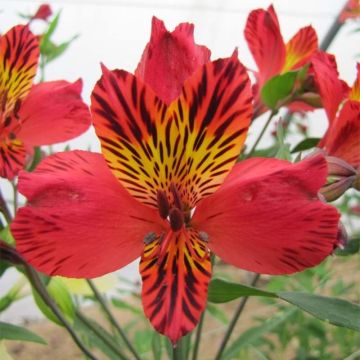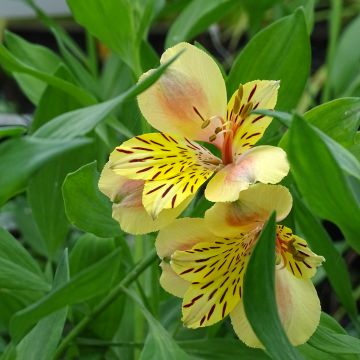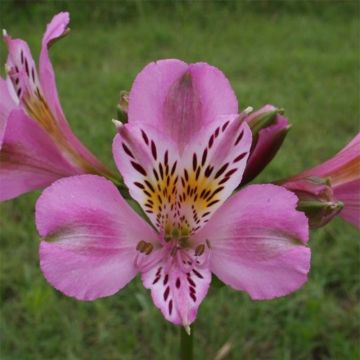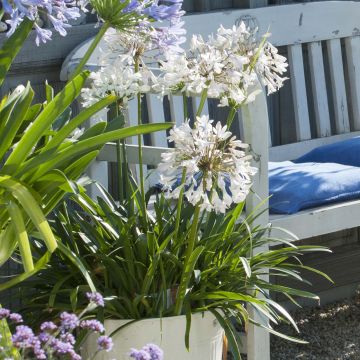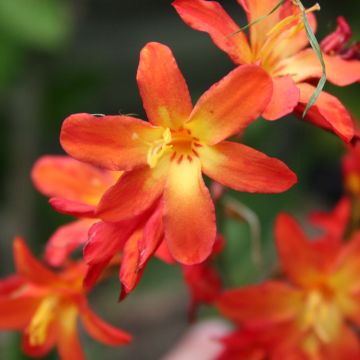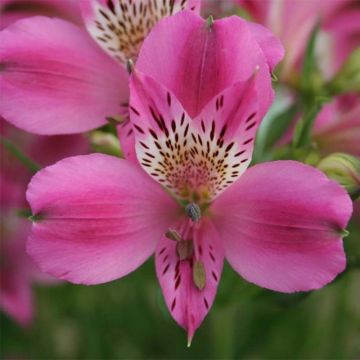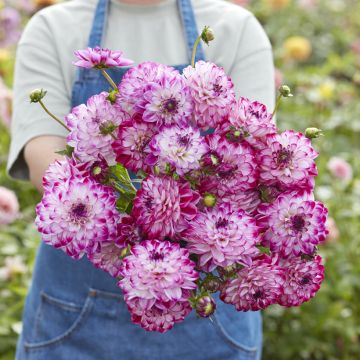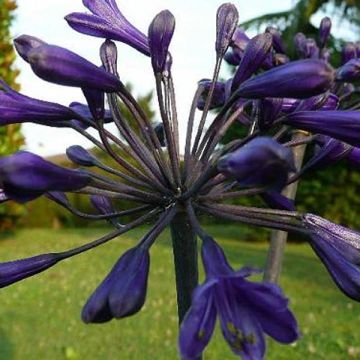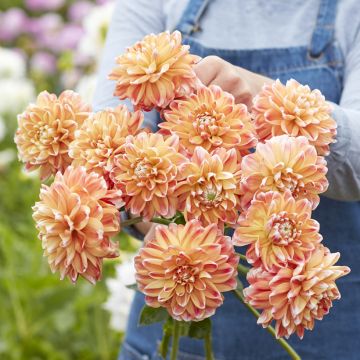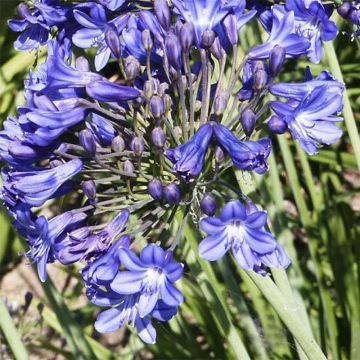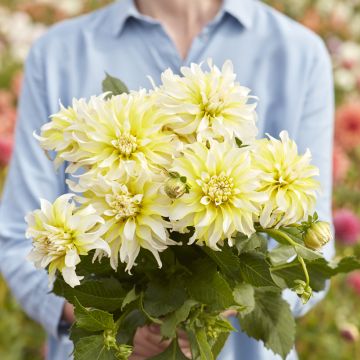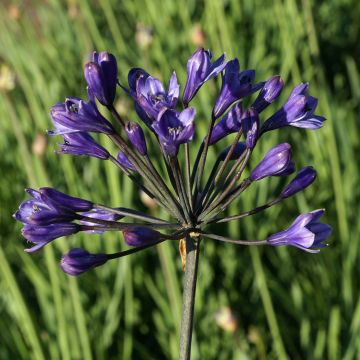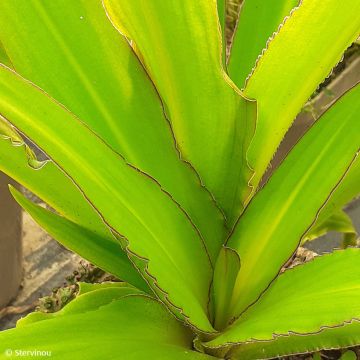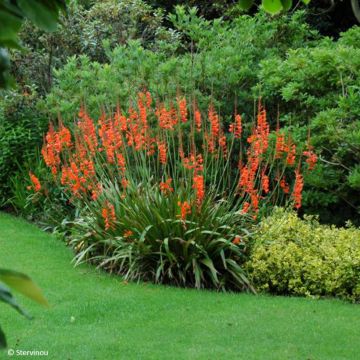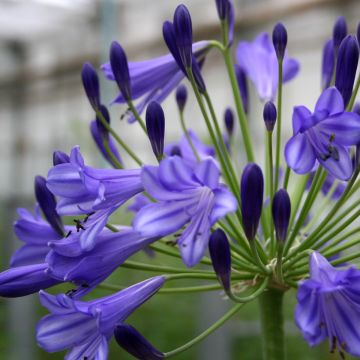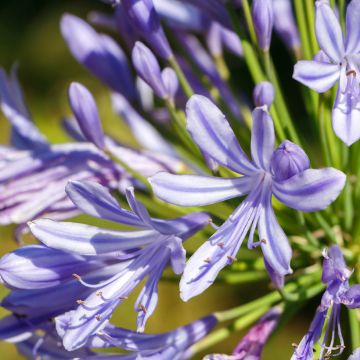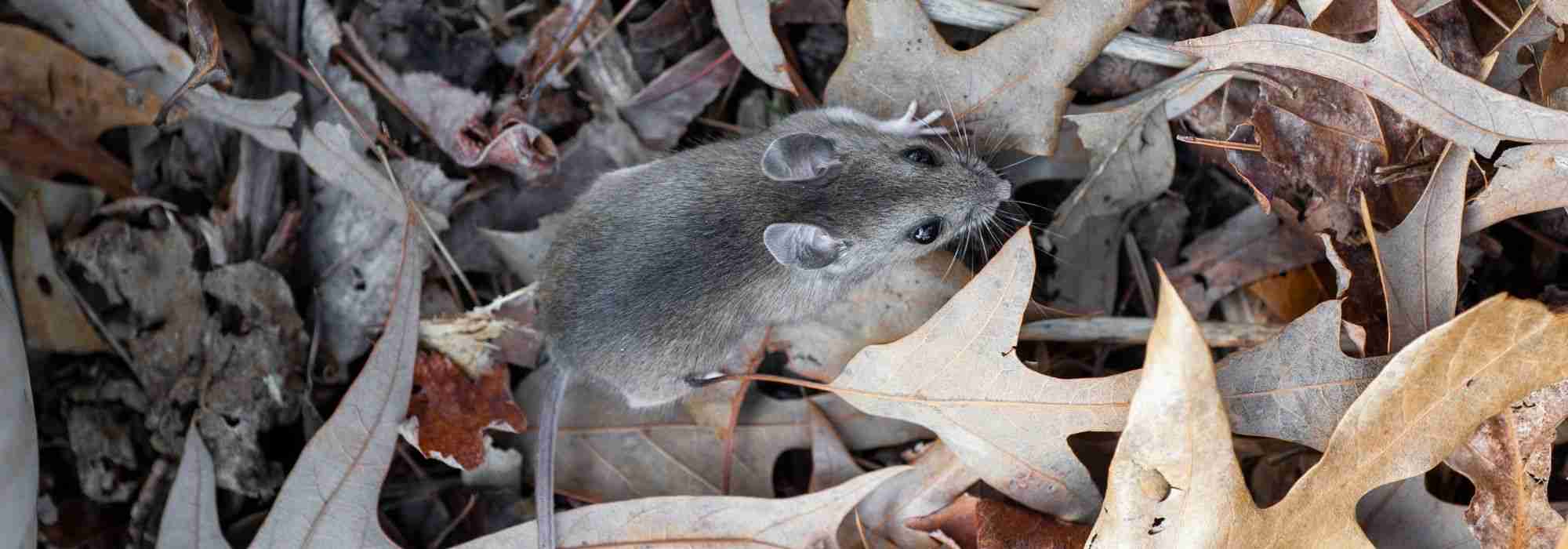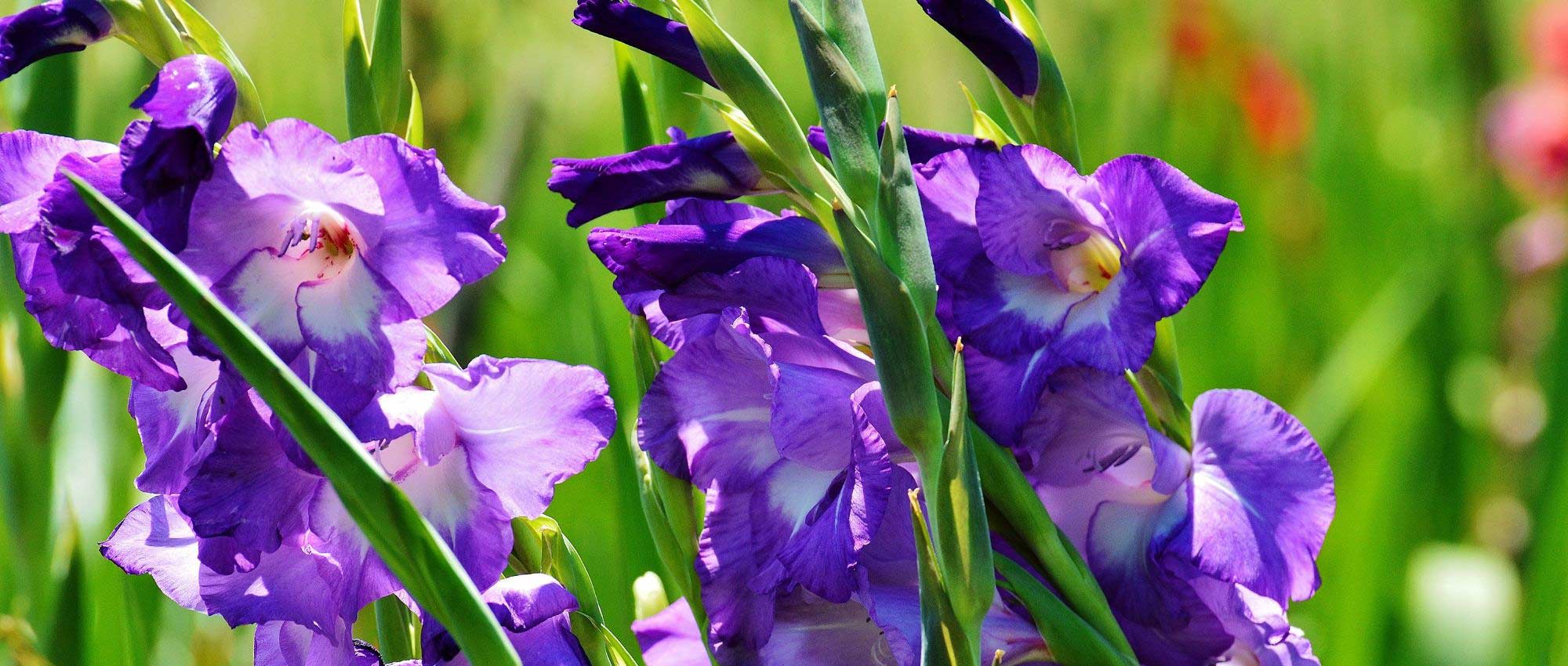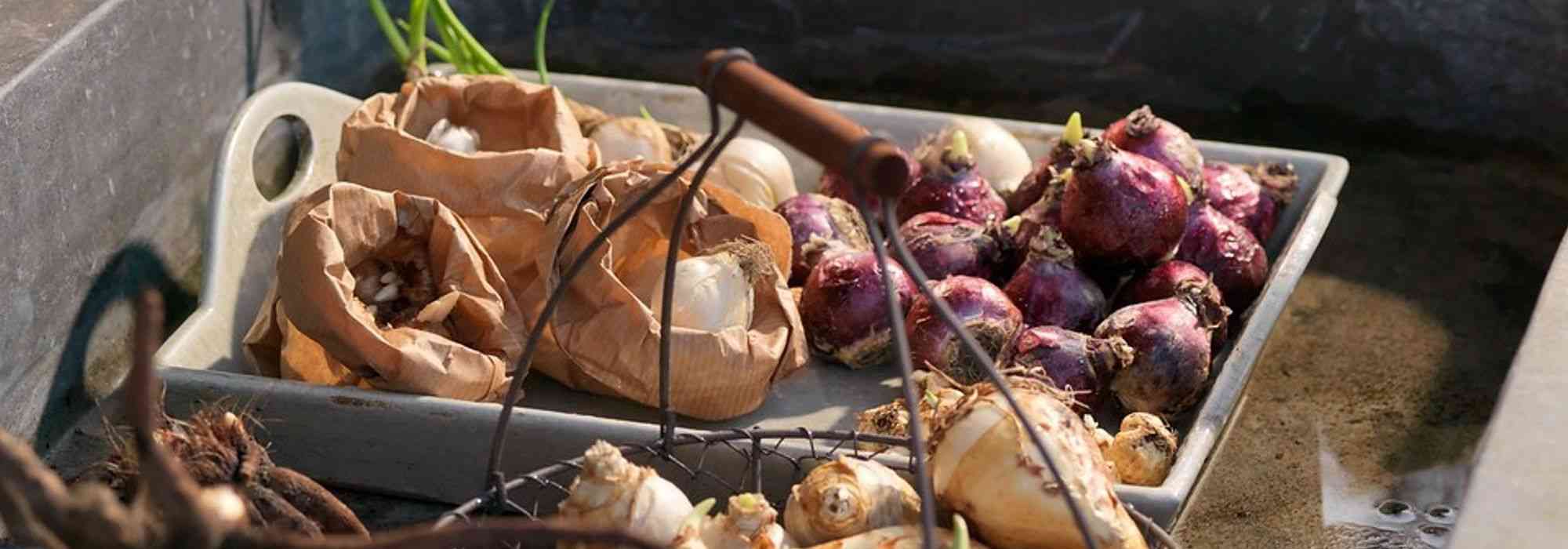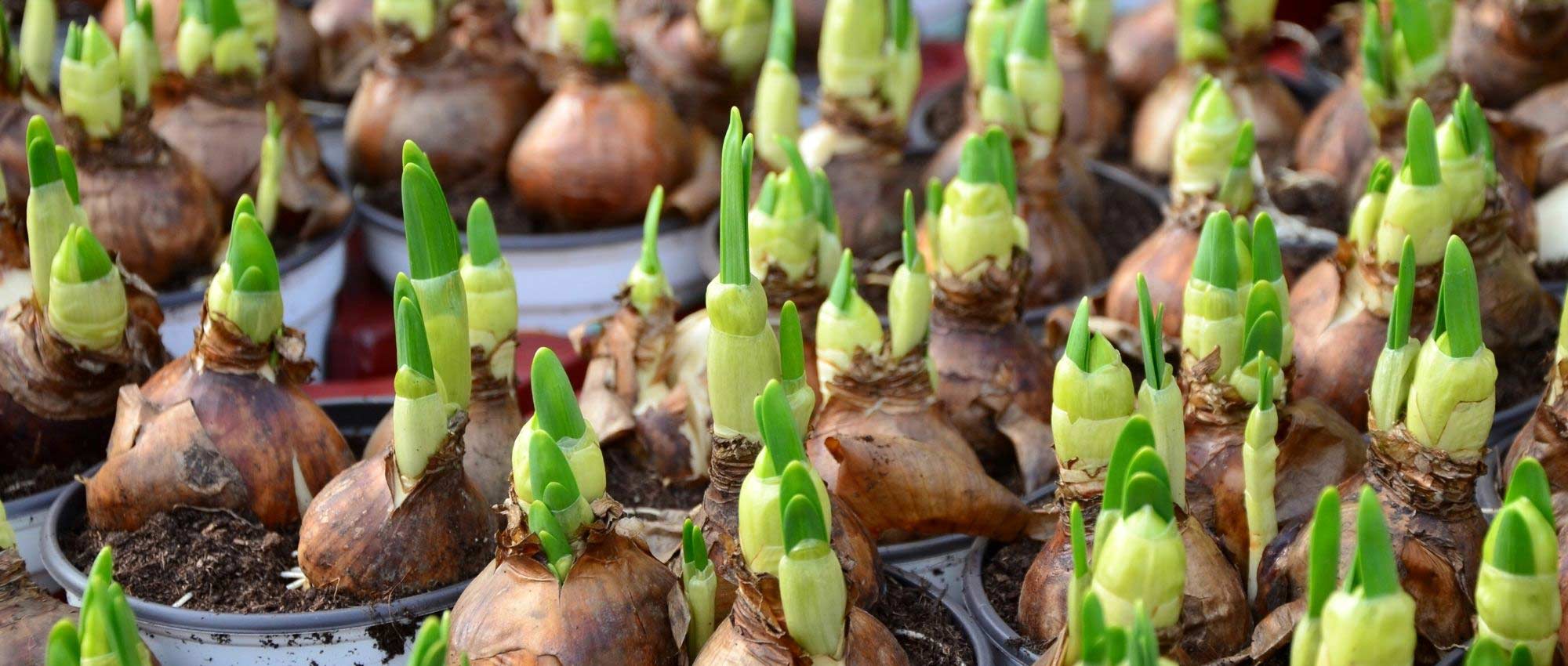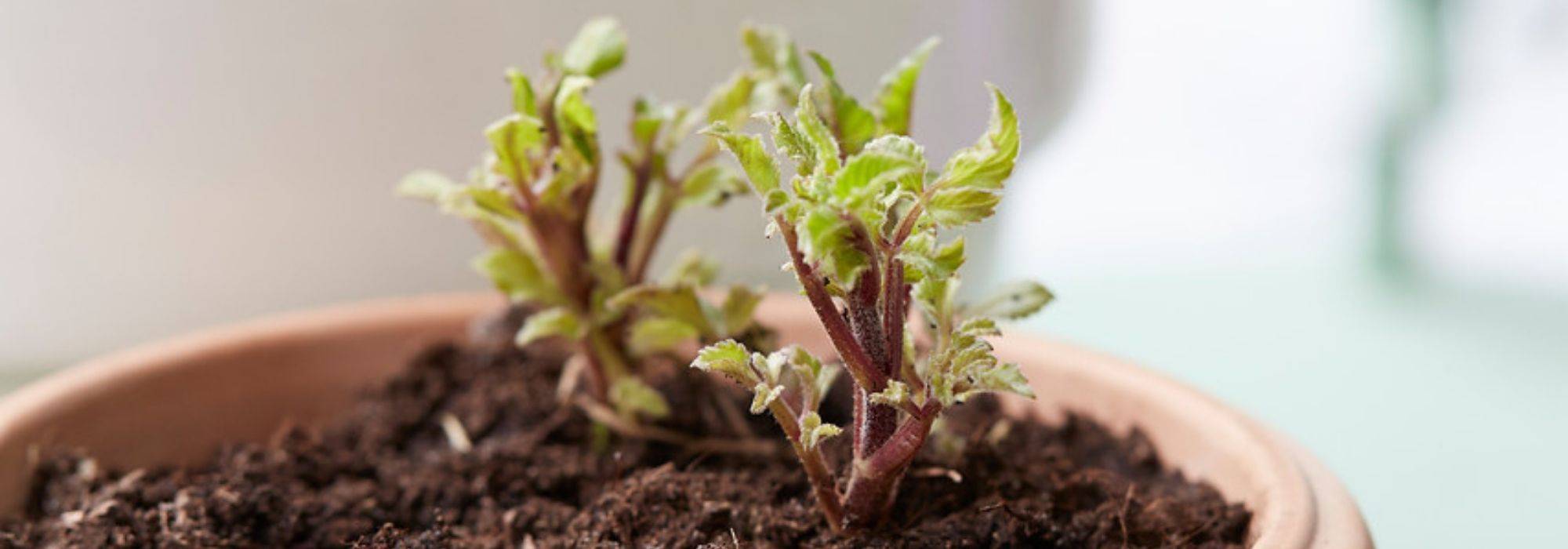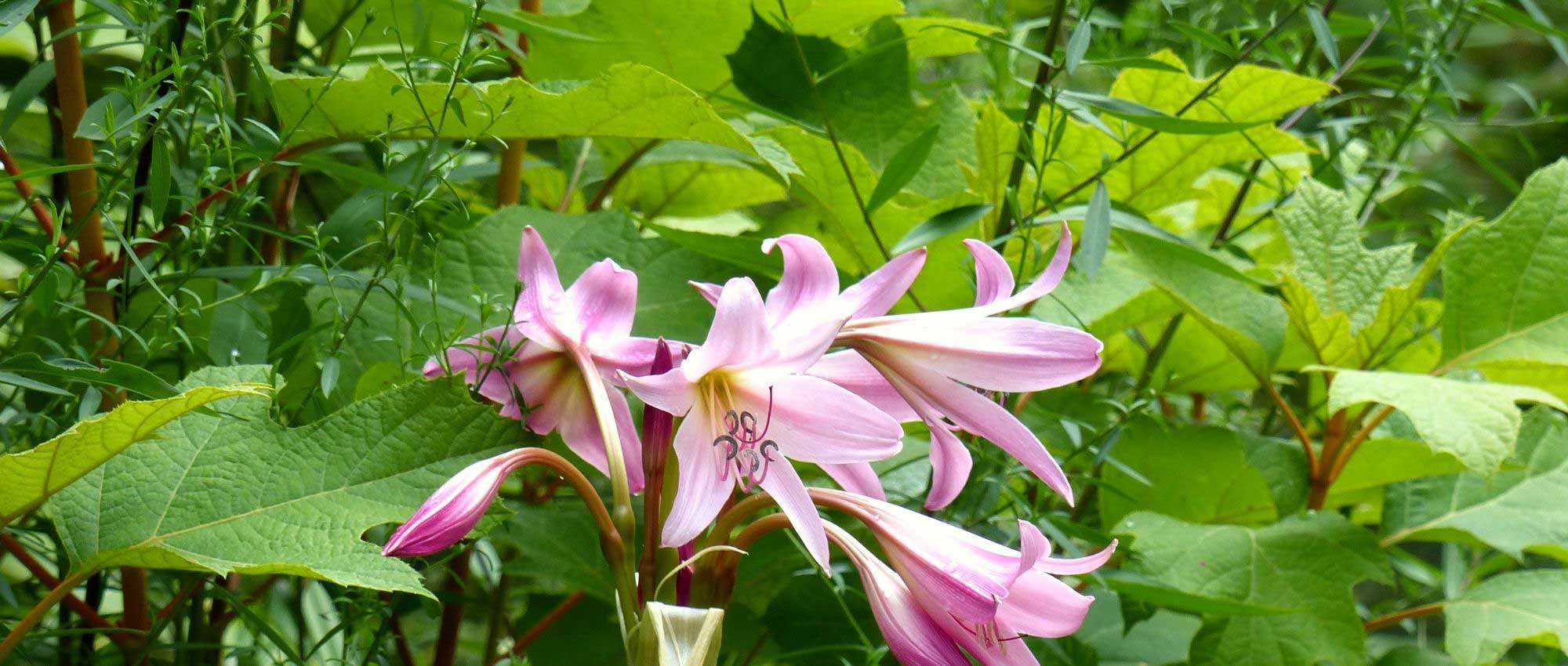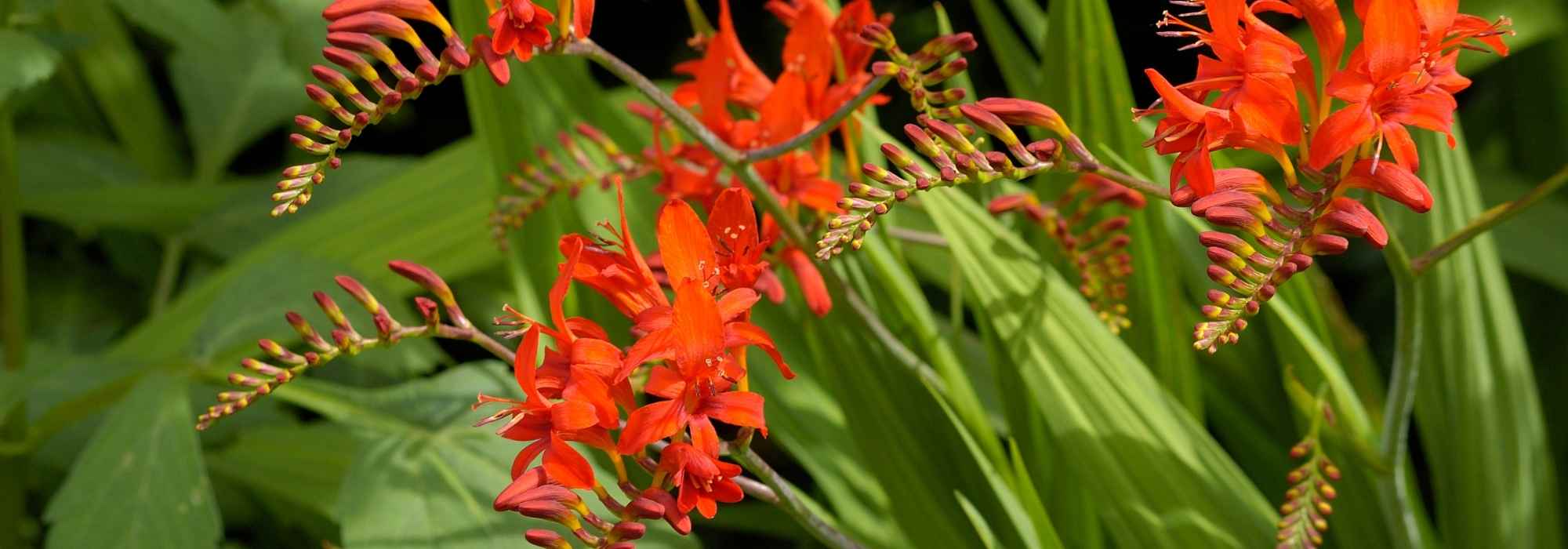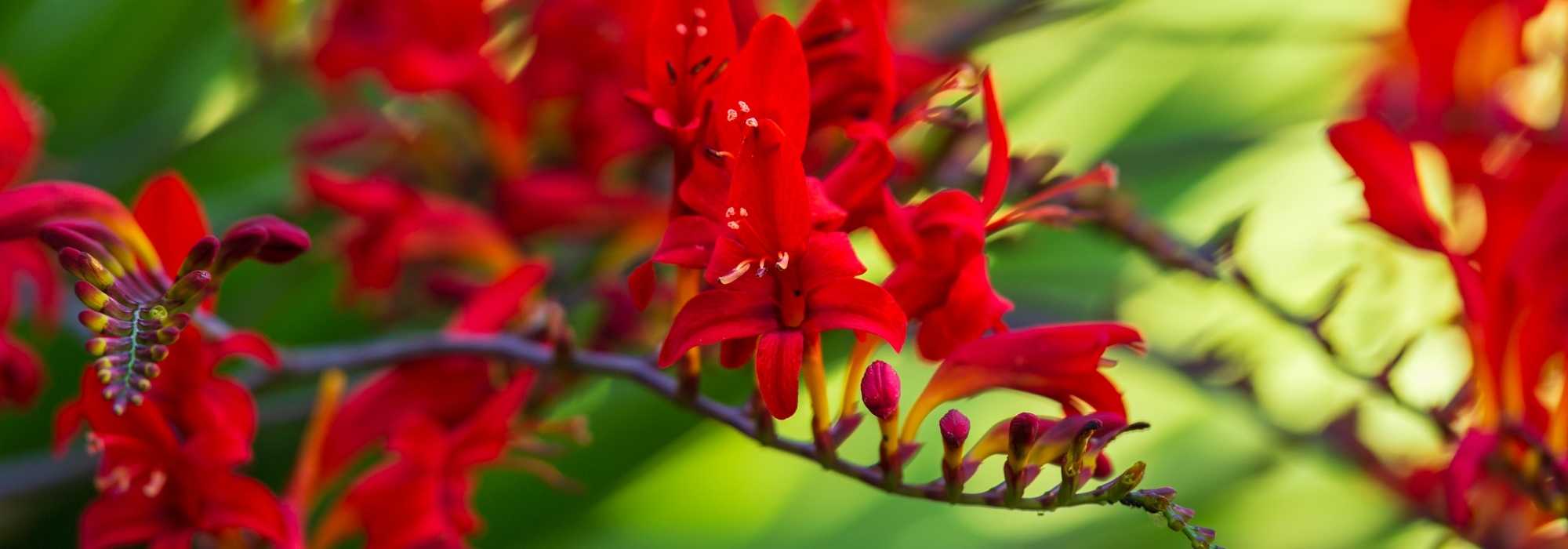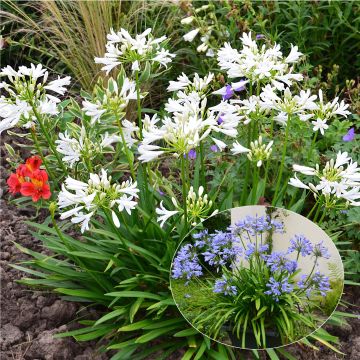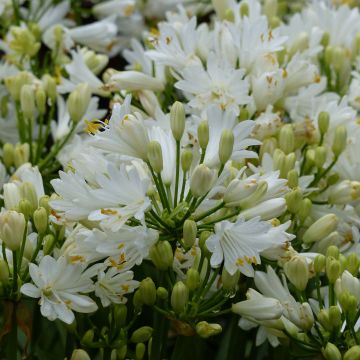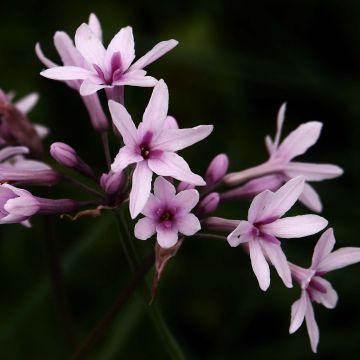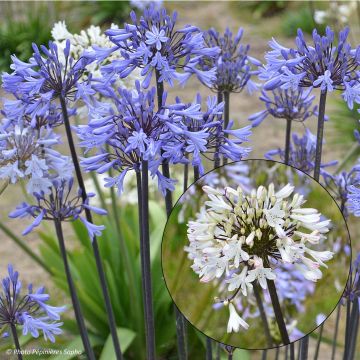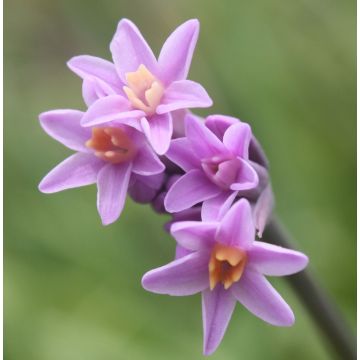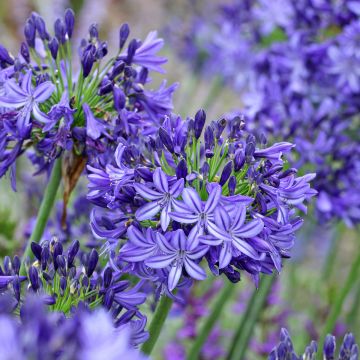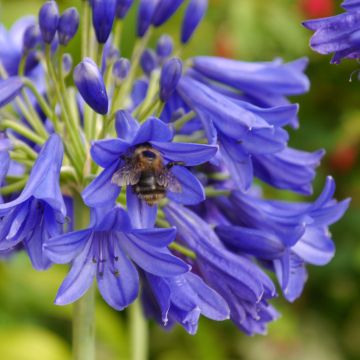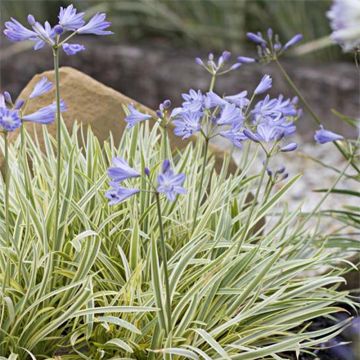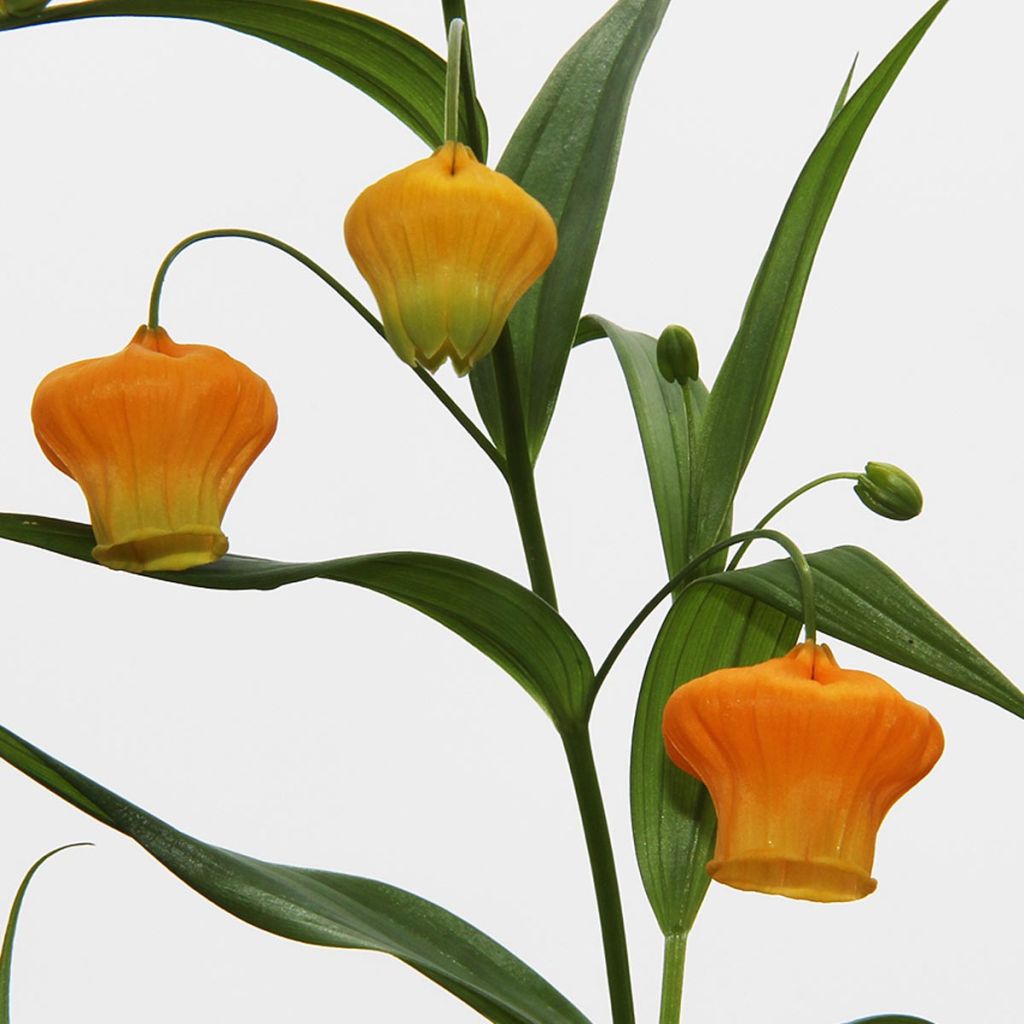

Sandersonia auriantiaca - Lanterne chinoise
Sandersonia aurantiaca
Sandersonia aurantiaca
Chinese Lantern Lily, Christmas Bells, Golden Lily of the Valley
NO FLOWERING, PLANT UPSIDE DOWN
Francoise, 09/11/2019
Special offer!
Receive a €20 voucher for any order over €90 (excluding delivery costs, credit notes, and plastic-free options)!
1- Add your favorite plants to your cart.
2- Once you have reached €90, confirm your order (you can even choose the delivery date!).
3- As soon as your order is shipped, you will receive an email containing your voucher code, valid for 3 months (90 days).
Your voucher is unique and can only be used once, for any order with a minimum value of €20, excluding delivery costs.
Can be combined with other current offers, non-divisible and non-refundable.
Why not try an alternative variety in stock?
View all →This plant carries a 6 months recovery warranty
More information
We guarantee the quality of our plants for a full growing cycle, and will replace at our expense any plant that fails to recover under normal climatic and planting conditions.
Does this plant fit my garden?
Set up your Plantfit profile →
Description
Sandersonia aurantiaca, sometimes called the Chinese lantern, golden lily, or Christmas bell, is a rhizomatous climbing plant with modest growth, not hardy, which displays a highly decorative yellow-orange bell-shaped flowering in summer. It is a plant that undergoes winter dormancy, dry and protected from frost. Perfect for potted plants and cut flowers.
Sandersonia aurantiaca is the only representative species of its genus, closely related to Gloriosa, Littonia, and Colchicum, belonging to the Liliaceae family, and native to South Africa. It is now rare in the wild. It develops from a brittle, antennary tuber formed by two swollen lobes, forming an 80cm (32in) high stem, with alternate, lanceolate, striated emerald green leaves, sometimes bearing tendrils capable of clinging to a support. Its campanulate flowers, 3.5cm (1in) in length, turn yellow-orange in colour, opening from the bottom upwards. They appear in summer, in the axils of the leaves, hanging like small paper lanterns from their arching peduncles. The fruit is a capsule containing numerous small, brown, hard seeds.
Sandersonia is a bulbous plant that can be easily cultivated at home or in a pot on a terrace. This bulb is frost-sensitive and should therefore be protected in winter. You can create beautiful bouquets with its unique and bright bell-shaped flowers. Just like the colchicum, this plant contains colchicine in its tissues and should not be ingested.
Report an error about the product description
Plant habit
Flowering
Foliage
Botanical data
Sandersonia
aurantiaca
Liliaceae
Chinese Lantern Lily, Christmas Bells, Golden Lily of the Valley
South Africa
Other Summer bulbs A to Z
View all →Planting and care
Sandersonia is a bulbous plant that you can easily grow at home or in a pot on a terrace. This bulb is frost-sensitive and therefore should be sheltered in winter, in a dry place to prevent the tubercles from rotting. Carefully place it (the bulb is brittle) horizontally in a deep pot, with a rich mixture composed of good potting soil, light soil, and siliceous sand (river sand or silica sand). Position the pot so that it receives morning sun and is partially shaded in the afternoon. Water regularly, fertilize regularly, and it will produce its lianas covered with orange bells. Sold by weight, we deliver 20g bulbs (they are big), but over time your plant will grow and produce more and more lianas. Remember to provide a support for it to cling to.
Planting period
Intended location
Care
Planting & care advice
-
, onOrder confirmed
Reply from on Promesse de fleurs
Similar products
Haven't found what you were looking for?
Hardiness is the lowest winter temperature a plant can endure without suffering serious damage or even dying. However, hardiness is affected by location (a sheltered area, such as a patio), protection (winter cover) and soil type (hardiness is improved by well-drained soil).

Photo Sharing Terms & Conditions
In order to encourage gardeners to interact and share their experiences, Promesse de fleurs offers various media enabling content to be uploaded onto its Site - in particular via the ‘Photo sharing’ module.
The User agrees to refrain from:
- Posting any content that is illegal, prejudicial, insulting, racist, inciteful to hatred, revisionist, contrary to public decency, that infringes on privacy or on the privacy rights of third parties, in particular the publicity rights of persons and goods, intellectual property rights, or the right to privacy.
- Submitting content on behalf of a third party;
- Impersonate the identity of a third party and/or publish any personal information about a third party;
In general, the User undertakes to refrain from any unethical behaviour.
All Content (in particular text, comments, files, images, photos, videos, creative works, etc.), which may be subject to property or intellectual property rights, image or other private rights, shall remain the property of the User, subject to the limited rights granted by the terms of the licence granted by Promesse de fleurs as stated below. Users are at liberty to publish or not to publish such Content on the Site, notably via the ‘Photo Sharing’ facility, and accept that this Content shall be made public and freely accessible, notably on the Internet.
Users further acknowledge, undertake to have ,and guarantee that they hold all necessary rights and permissions to publish such material on the Site, in particular with regard to the legislation in force pertaining to any privacy, property, intellectual property, image, or contractual rights, or rights of any other nature. By publishing such Content on the Site, Users acknowledge accepting full liability as publishers of the Content within the meaning of the law, and grant Promesse de fleurs, free of charge, an inclusive, worldwide licence for the said Content for the entire duration of its publication, including all reproduction, representation, up/downloading, displaying, performing, transmission, and storage rights.
Users also grant permission for their name to be linked to the Content and accept that this link may not always be made available.
By engaging in posting material, Users consent to their Content becoming automatically accessible on the Internet, in particular on other sites and/or blogs and/or web pages of the Promesse de fleurs site, including in particular social pages and the Promesse de fleurs catalogue.
Users may secure the removal of entrusted content free of charge by issuing a simple request via our contact form.
The flowering period indicated on our website applies to countries and regions located in USDA zone 8 (France, the United Kingdom, Ireland, the Netherlands, etc.)
It will vary according to where you live:
- In zones 9 to 10 (Italy, Spain, Greece, etc.), flowering will occur about 2 to 4 weeks earlier.
- In zones 6 to 7 (Germany, Poland, Slovenia, and lower mountainous regions), flowering will be delayed by 2 to 3 weeks.
- In zone 5 (Central Europe, Scandinavia), blooming will be delayed by 3 to 5 weeks.
In temperate climates, pruning of spring-flowering shrubs (forsythia, spireas, etc.) should be done just after flowering.
Pruning of summer-flowering shrubs (Indian Lilac, Perovskia, etc.) can be done in winter or spring.
In cold regions as well as with frost-sensitive plants, avoid pruning too early when severe frosts may still occur.
The planting period indicated on our website applies to countries and regions located in USDA zone 8 (France, United Kingdom, Ireland, Netherlands).
It will vary according to where you live:
- In Mediterranean zones (Marseille, Madrid, Milan, etc.), autumn and winter are the best planting periods.
- In continental zones (Strasbourg, Munich, Vienna, etc.), delay planting by 2 to 3 weeks in spring and bring it forward by 2 to 4 weeks in autumn.
- In mountainous regions (the Alps, Pyrenees, Carpathians, etc.), it is best to plant in late spring (May-June) or late summer (August-September).
The harvesting period indicated on our website applies to countries and regions in USDA zone 8 (France, England, Ireland, the Netherlands).
In colder areas (Scandinavia, Poland, Austria...) fruit and vegetable harvests are likely to be delayed by 3-4 weeks.
In warmer areas (Italy, Spain, Greece, etc.), harvesting will probably take place earlier, depending on weather conditions.
The sowing periods indicated on our website apply to countries and regions within USDA Zone 8 (France, UK, Ireland, Netherlands).
In colder areas (Scandinavia, Poland, Austria...), delay any outdoor sowing by 3-4 weeks, or sow under glass.
In warmer climes (Italy, Spain, Greece, etc.), bring outdoor sowing forward by a few weeks.































